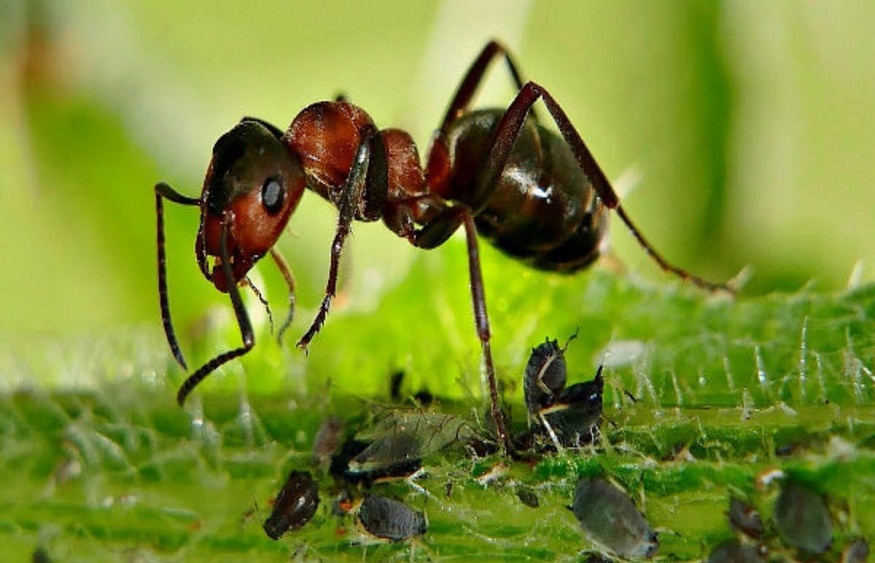If you live in Florida, seeing ants in your garden or inside your house should be a common occurrence. While many homeowners view ants as pests that sometimes invade your house, it is important to understand how they can impact your garden. Some ant species can actually help your garden by aerating the soil and eliminating other pests.
However, not every ant is the same. Some can cause significant damage, particularly when they establish colonies in or around vulnerable plants. The real challenge is trying to control the ant population in your garden without harming your plants. Chemical pesticides pose risks of damaging your plants; thus, eco-friendly methods are recommended.
Fortunately, there are various non-chemical methods, such as using boiling water to target mounds, applying diatomaceous earth, and creating natural deterrent sprays. However, while DIY methods are good for minor infestations, major ones require professional pest control in Monte Verde.
How to get rid of ants without harming your garden
1. Use diatomaceous earth.
Diatomaceous earth (DE) is a natural, non-toxic powder. DE penetrates through the exoskeletons of insects, causing them to dehydrate and eventually leading to their death. One of the primary advantages of diatomaceous earth is that it poses no risk to plants, pets, or people. Unlike chemical substances, DE is safe to use in gardens.
How to apply: Look for ant trails and colonies in your garden. Once you find them, take some DE powder and sprinkle a thin layer around the area. Make sure that you aim for a light coating, as excessive amounts may be less effective.
2. Create a natural ant barrier.
Ants hate strong-smelling substances, such as cinnamon, vinegar, and coffee grounds. This is because they depend on their sense of smell for communication with the other ants and navigation. The aroma of cinnamon in your garden will act as a natural repellant, while the texture of coffee grounds creates a barrier that ants are less likely to cross.
How to apply: Find ant trails and colonies in your garden. Once you do, create a barrier around the colonies and trails with coffee grounds. You can also sprinkle a thin layer of cinnamon powder to disrupt their sense of smell.
3. Use a soapy water spray.
Soapy water is very effective in controlling ants in your garden as it breaks down their exoskeletons upon contact. Soapy water is also completely safe for your garden when used in moderation. A mild soap solution does not contain harsh chemicals, thereby minimizing the risk of damaging plants. It can also prevent other unwanted pests in your garden along with ants.
How to apply: Mix a few drops of liquid soap in some water and put the mixture in a spray bottle. Do not exceed two tablespoons of soap for a gallon of water. Spray this mixture directly onto the ants. However, do not overspray around sensitive plants.
4. Attract beneficial insects.
Attracting beneficial insects is the easiest, most natural method of controlling ant populations in your garden. Insects such as ladybugs, spiders, and certain beetles are natural predators of ants. Moreover, the presence of these insects in your garden is completely safe for your plants. They offer other benefits, too, such as feeding on plant pests like aphids.
How to apply: Attracting certain insects can be challenging, but you can do so by planting nectar-rich flowers. Options like dill, fennel, marigold, yarrow, and lavender are good choices.
Get an ant-free garden today!
With so many harsh chemicals available in the market as ant-killers, homeowners find themselves looking for more natural options. Eco-friendly options are indeed the best way to prevent insects while also caring for your garden. However, some DIY methods listed in this blog might not be effective for major infestations and persistent problems.
If you suspect that there is a severe infestation that requires professional intervention, contact a pest control company in Florida today!

